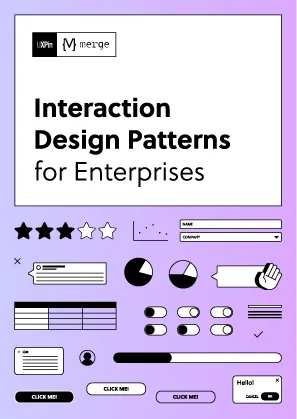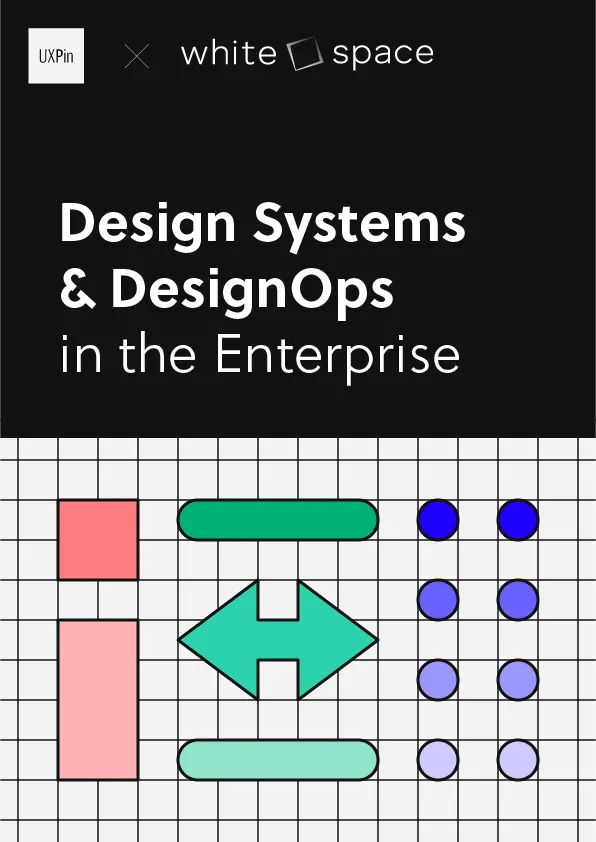In the rapidly evolving world of software development, artificial intelligence (AI) agents have become a transformative tool. However, working with AI agents can be both exhilarating and chaotic. This article explores a systematic approach to harnessing the power of AI in software development, emphasizing the use of Product Requirement Documents (PRDs) as the backbone of a structured workflow. By adopting this method, developers and design teams can eliminate the chaos, improve collaboration, and streamline their design-to-development process.
We’ll break down an innovative AI-assisted development framework that maintains order and progress, ensuring both human teams and AI agents stay on track. Whether you’re a UI/UX designer or a front-end developer, this workflow offers actionable insights to optimize your projects.
The Problem: Chaos in AI-Assisted Development
AI agents are powerful tools capable of generating high-quality code and making decisions autonomously. But here’s the catch: they often lack context, jump between tasks unpredictably, and perform inconsistently when dealing with complex workflows. For example, AI might write impeccable database code in one moment but completely disregard it in subsequent tasks. This creates inefficiencies, bottlenecks, and frustrations for developers striving for consistency.
Many teams try to manage AI agents using existing project management tools like Jira or GitHub Projects, or newer AI-specific task managers. However, these tools frequently fall short. They are either too rigid, lacking flexibility for AI-driven workflows, or too disorganized to provide meaningful structure. The result? Teams spend more time wrangling their tools than actually building software.
This is where structured workflows built around PRDs come into play.
The Solution: A PRD-Centric Workflow for AI Collaboration
At the heart of this transformative system lies an important principle: AI development requires structure. The speaker in the video developed a custom workflow integrating PRDs at every stage of the process. This not only forces human developers to follow a clear roadmap but also ensures AI agents adhere to a systematic approach, reducing inefficiencies dramatically.
What Are PRDs and Why Are They Critical?
PRDs – Product Requirement Documents – serve as detailed blueprints for development. They outline what needs to be built, why it’s important, and how it should function. They may also be called feature specs, user stories, or other names depending on the team, but their purpose remains the same: to provide a structured foundation for development.
For both humans and AI, PRDs act as a single source of truth, ensuring that the project evolves in alignment with pre-defined requirements, even as complexities arise.
Breaking Down the AI-Assisted Workflow
1. Creating a PRD: Structured Planning Before Execution
The workflow kicks off with a command like /PRD create. This step is far more than just writing requirements; it involves AI performing deep analysis of the codebase, researching implementation strategies, and drafting a comprehensive plan.
Key features of the AI-driven PRD creation process include:
- Codebase Analysis: AI examines existing architecture to ensure compatibility with the new feature.
- Milestone Planning: The PRD includes technical milestones, risk assessments, and suggested implementation strategies.
- Smart Model Switching: During planning, developers can use advanced AI models for critical thinking, and then switch to cost-effective models for execution tasks.
This stage mirrors the work of an experienced tech lead, offering a structured plan that ensures clarity and reduces missteps later.
2. Prioritizing Tasks with PRD Retrieval
Once PRDs are created, the next step involves deciding what to work on. Enter the /PRD get command, which addresses the common problem of decision paralysis.
Rather than presenting a simple list of requirements, the AI analyzes PRDs to:
- Categorize Tasks: For example, isolating critical bug fixes from feature requests.
- Highlight Dependencies: Identifying which tasks rely on others for completion.
- Suggest Priorities: Offering strategic recommendations based on project goals and urgency.
This allows teams to confidently select tasks that align with their immediate objectives.
3. Starting the Development Process
The command /PRD start transitions the team from planning to execution. Here’s what makes this step revolutionary:
- Codebase Integration: The AI analyzes the existing architecture and identifies how the new feature will integrate into the system.
- Phase Planning: The AI creates a detailed implementation plan, breaking it into manageable phases with clear success criteria.
- Interactive Collaboration: Developers approve each step, ensuring full control over the process.
This structured approach prevents common pitfalls like architectural mistakes or technical debt.
4. Tracking Progress and Updating PRDs
One key principle of this workflow is that documentation should reflect reality. To maintain this, teams use the /PRD update progress command.
This command allows the AI to:
- Log Completed Work: The AI provides evidence of what tasks have been accomplished.
- Adjust Progress: PRDs are updated with precise percentage completions, new milestones, and work logs.
- Maintain Clarity: Even if team members rejoin after weeks, the PRD remains an accurate resource for understanding the project’s status.
This step eliminates confusion and allows development to proceed seamlessly, even across multiple sessions.
5. Adapting to Changes: Decision Updates
Software development is a dynamic process. Plans made during the initial PRD creation often evolve as new discoveries surface. The /PRD update decisions command ensures these changes are captured.
For example:
- Architectural Adjustments: If a better solution is identified, it’s documented in the PRD.
- New Requirements: Any additional constraints or opportunities are reflected in real-time.
This prevents critical decisions from being buried in chat histories or forgotten entirely.
6. Closing Out the PRD: A Professional Completion Workflow
Finally, the /PRD done command ensures that each feature is fully completed and documented. This isn’t just about merging code; it’s about following a professional-grade closure process, including:
- Running final tests and validating quality standards.
- Generating detailed pull requests tied to the PRD for efficient code review.
- Cleaning up branches and updating the project roadmap.
By the end of this step, the team achieves not only functional code but also comprehensive documentation for future reference.
Why This Workflow Works
This structured system transforms chaotic AI-assisted development into a streamlined, professional process. Its key advantages include:
- Context Preservation: PRDs serve as the ultimate source of truth, ensuring no detail gets lost.
- Collaboration Optimization: AI agents and humans work together seamlessly, with each playing to their strengths.
- Scalability: The process scales easily, whether for solo developers or large teams.
- Error Reduction: Structured workflows minimize miscommunication and technical debt.
Key Takeaways
- Structure Is Essential: AI agents thrive within a guided framework, and PRDs provide the roadmap needed for coherent progress.
- Plan Before Execute: Use advanced models for planning and cost-effective models for execution to optimize performance and resources.
- Update Continuously: Regularly update PRDs to reflect evolving understanding and decisions.
- Leverage Smart Tools: Commands like
/PRD createand/PRD update progresseliminate manual overhead and ensure accuracy. - Keep Documentation Alive: PRDs should evolve alongside the project, preventing them from becoming stale or irrelevant.
- Work as a Team: Developers oversee strategic decisions while AI handles systematic execution, balancing creativity and precision.
Final Thoughts
AI-assisted development doesn’t have to be chaotic or unpredictable. By employing a structured, PRD-centric workflow, teams can transform the way they collaborate with AI, achieving precision, clarity, and efficiency in even the most complex projects.
Whether you’re integrating new features, addressing bugs, or building systems from scratch, this framework ensures a seamless journey from concept to completion. Embrace it, adapt it, and see how it revolutionizes your development process.
Source: "How I Tamed Chaotic AI Coding with Simple Workflow Commands" – DevOps & AI Toolkit, YouTube, Sep 29, 2025 – https://www.youtube.com/watch?v=LUFJuj1yIik
Use: Embedded for reference. Brief quotes used for commentary/review.

